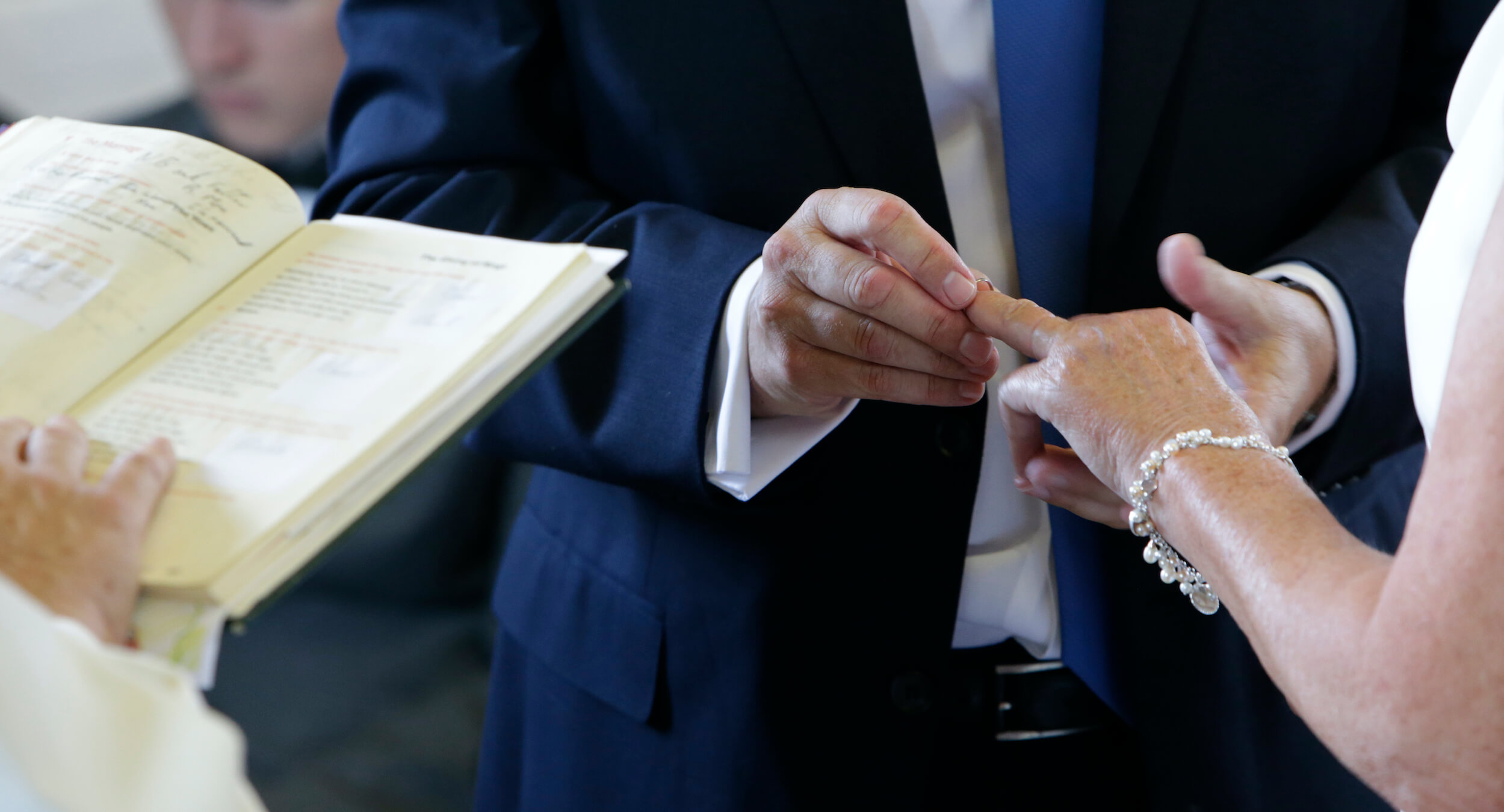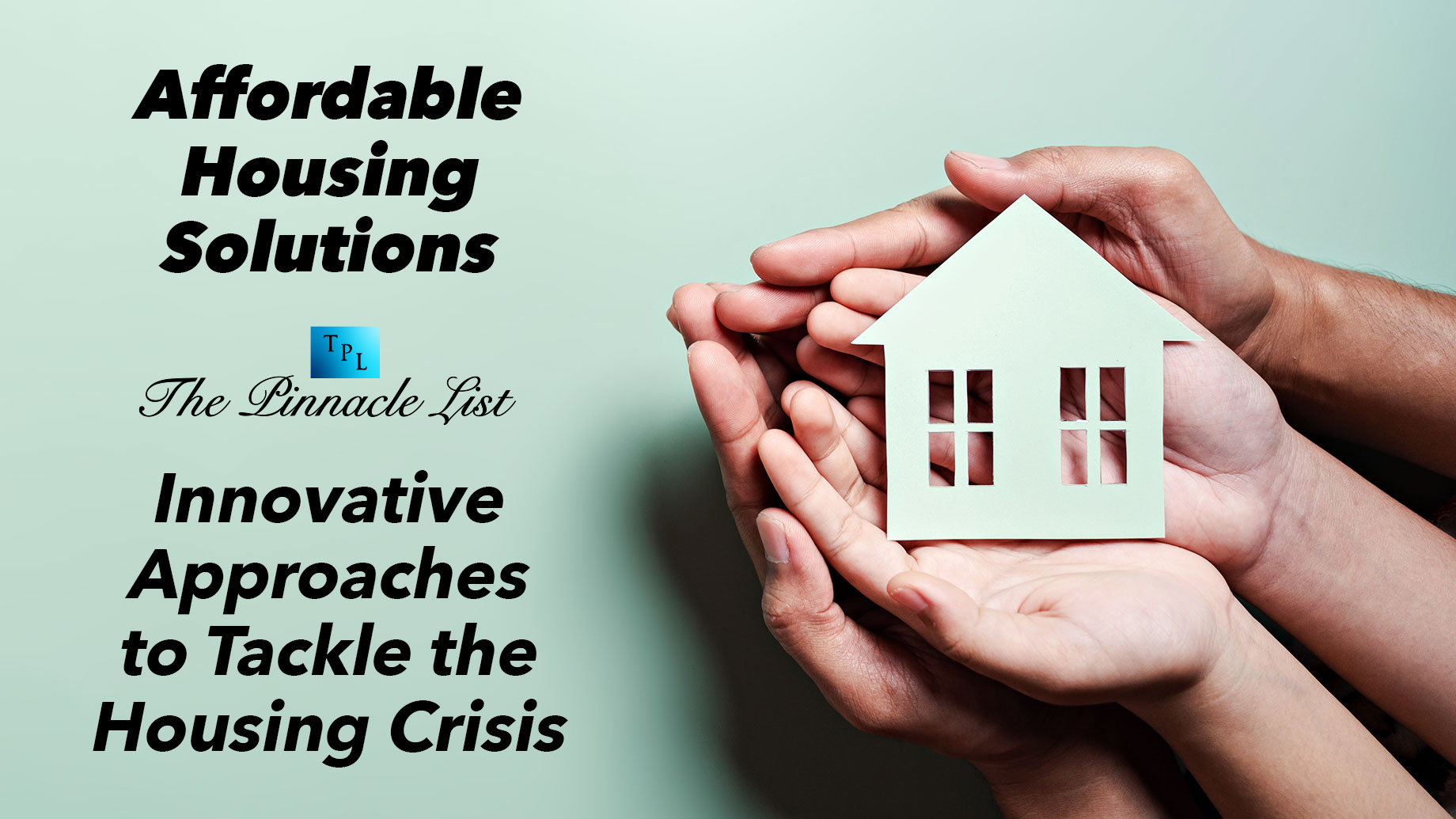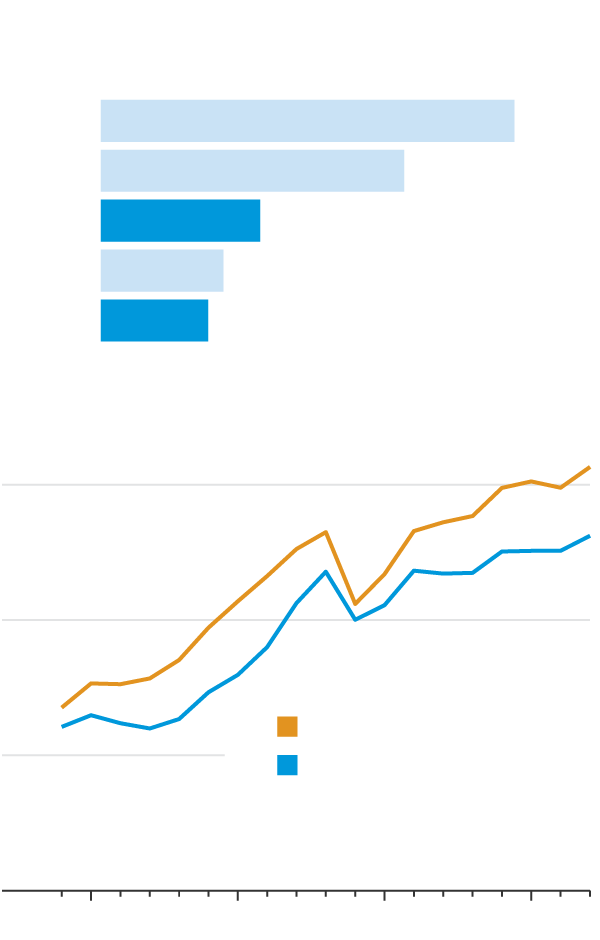Virtue Signaling And The Future Of Architecture: A Provocative Interview

Table of Contents
The Rise of "Ethical" Architecture and its Critics
The rise of "ethical architecture" is undeniable. Driven by growing environmental awareness and social responsibility, architects are increasingly incorporating principles of sustainability, social equity, and accessibility into their designs. Ethical architecture emphasizes green building practices, utilizing recycled materials, minimizing energy consumption, and promoting inclusive spaces. However, this positive trend isn't without its critics.
-
Defining Ethical Architecture: Core principles include minimizing environmental impact through sustainable material choices and energy-efficient designs; ensuring accessibility for people with disabilities; and promoting social equity through inclusive design that considers the needs of diverse communities.
-
Successes and Pitfalls: Projects like the Bullitt Center in Seattle, lauded for its net-zero energy consumption, showcase the potential of ethical architecture. However, accusations of "greenwashing"—making superficial environmental claims without genuine commitment—plague other projects. Some buildings marketed as sustainable use materials with high embodied carbon or employ questionable construction practices.
-
Criticisms of Virtue Signaling: Critics argue that some architects prioritize projecting a morally superior image over achieving genuine environmental or social impact. The focus shifts from practical solutions to symbolic gestures, leading to accusations of superficial commitments and prioritizing aesthetics over substantive change.
-
Examples:
- Projects lauded for ethical design: The Bullitt Center (Seattle), The Crystal (London).
- Projects criticized for virtue signaling: Certain high-profile developments using "green" materials with high embodied carbon, or those with impressive green certifications but poor occupant experience.
The Influence of Social Media and Public Perception
Social media plays a powerful role in shaping public perception of architectural projects. Architects increasingly utilize platforms like Instagram and Twitter to showcase their work, emphasizing its ethical and sustainable aspects. However, this raises questions about authenticity. Is the promotion of ethical commitments genuine, or a strategic move to garner positive attention and attract clients?
-
Social Media's Influence: Social media amplifies both positive and negative narratives surrounding architectural projects, making public opinion a significant factor in project success.
-
Strategic Promotion vs. Genuine Commitment: The ease of showcasing a project's “ethical” credentials through carefully curated social media posts raises the question of how much is authentic commitment and how much is strategic marketing.
-
Pressure to Conform: Architects face considerable pressure to conform to prevailing trends and public expectations, potentially influencing their design choices and potentially compromising their artistic vision.
-
Examples:
- Effective ethical promotion on social media: Architects showcasing the construction process of a sustainable project, highlighting material choices and energy-saving technologies.
- Negative consequences of social media pressure: Projects that prioritize aesthetically pleasing images over functionality or genuine sustainability, driven by the desire for social media virality.
Balancing Aesthetics and Ethics in Architectural Design
The tension between creating aesthetically pleasing, functional buildings and adhering to ethical principles is a significant challenge. Prioritizing ethical messaging can sometimes compromise aesthetic considerations, leading to designs that are functional but visually unappealing.
-
The Design Dilemma: Striking a balance between form and function while adhering to ethical principles requires careful planning and innovative solutions.
-
Compromising Aesthetics: Sometimes, the most sustainable solutions might not be the most visually appealing, forcing architects to make difficult choices.
-
Integrating Ethics without Sacrificing Aesthetics: Innovative approaches are crucial— using sustainable materials that are also visually stunning, employing biophilic design principles that connect buildings with nature while remaining aesthetically pleasing, and prioritizing energy efficiency without compromising the building's overall design.
-
Examples:
- Ethical considerations enhancing design: The integration of natural light and ventilation resulting in a visually appealing and energy-efficient space.
- Ethical considerations negatively impacting design: A building with a purely functional, boxy design prioritized for its energy efficiency but lacking visual appeal.
The Future of Architecture: A Sustainable and Socially Responsible Path?
The long-term implications of the current trend towards ethical and sustainable architecture are far-reaching. Technological innovations, such as 3D printing with sustainable materials and advanced energy-efficient systems, will play a crucial role in achieving truly sustainable and ethical design.
-
Long-Term Implications: The shift towards ethical architecture has the potential to reshape urban landscapes, improve public health, and mitigate climate change.
-
Technological Innovations: Advancements in sustainable materials, renewable energy technologies, and building information modeling (BIM) are crucial for achieving truly sustainable design.
-
Virtue Signaling: Temporary or Lasting Shift?: Whether the current emphasis on ethical architecture is a temporary trend or a lasting shift in priorities remains to be seen. However, the increasing awareness of climate change and social inequality is likely to sustain this focus for the foreseeable future.
-
Predictions and Challenges:
- Predictions: Increased adoption of modular and prefabricated construction for sustainability, integration of smart technologies for energy efficiency, and a focus on circular economy principles in material use.
- Challenges: Balancing affordability with sustainable materials and technologies, addressing the skills gap in sustainable construction practices, and navigating complex building codes and regulations.
Conclusion
Virtue signaling in architecture presents a complex picture. While the increased focus on sustainability and social responsibility is undeniably positive, the potential for superficial commitments and the pressure to conform to public expectations remain significant concerns. The future of architecture hinges on a genuine commitment to ethical principles, supported by technological innovation and a nuanced understanding of the balance between aesthetics and ethical considerations.
We must encourage a thoughtful discussion about the future of architecture. How can we ensure that ethical considerations are genuinely integrated into design, and not just used as a marketing tool for virtue signaling architecture? What role should public perception play in shaping architectural practice, and how can architects navigate the challenges of balancing aesthetics and ethics in the age of social media? Let's work together to create a built environment that is both beautiful and truly sustainable, moving beyond simple virtue signaling to substantive action.

Featured Posts
-
 Eurovision Village Esc 2025 Conchita Wurst Live With Jj
May 25, 2025
Eurovision Village Esc 2025 Conchita Wurst Live With Jj
May 25, 2025 -
 Affordable Housing Solutions Gregor Robertsons Approach And Its Viability
May 25, 2025
Affordable Housing Solutions Gregor Robertsons Approach And Its Viability
May 25, 2025 -
 Euronext Amsterdam Stocks Surge 8 After Trump Tariff Pause
May 25, 2025
Euronext Amsterdam Stocks Surge 8 After Trump Tariff Pause
May 25, 2025 -
 Your Escape To The Country Considerations Before You Relocate
May 25, 2025
Your Escape To The Country Considerations Before You Relocate
May 25, 2025 -
 La Liga Hakem Hatasiyla Atletico Madrid In Kaybettigi Mac
May 25, 2025
La Liga Hakem Hatasiyla Atletico Madrid In Kaybettigi Mac
May 25, 2025
